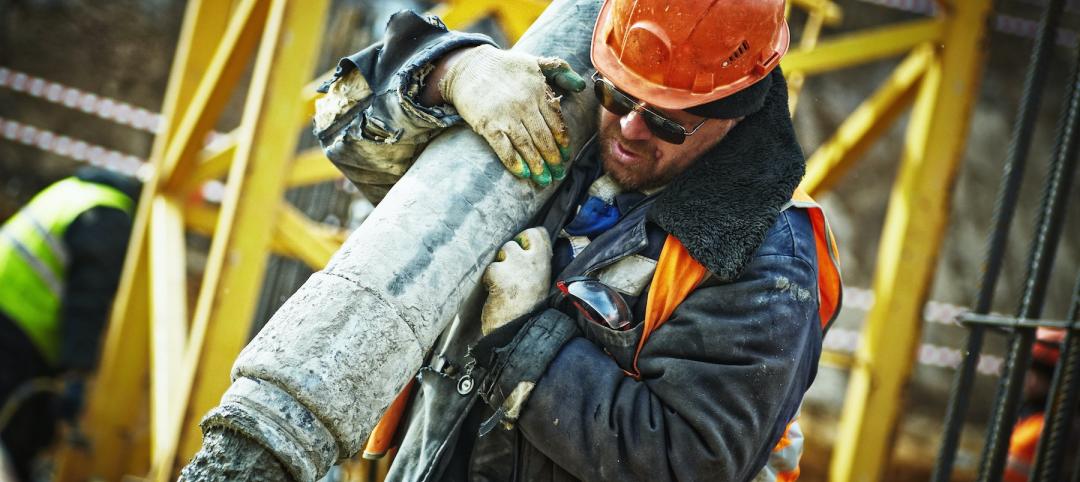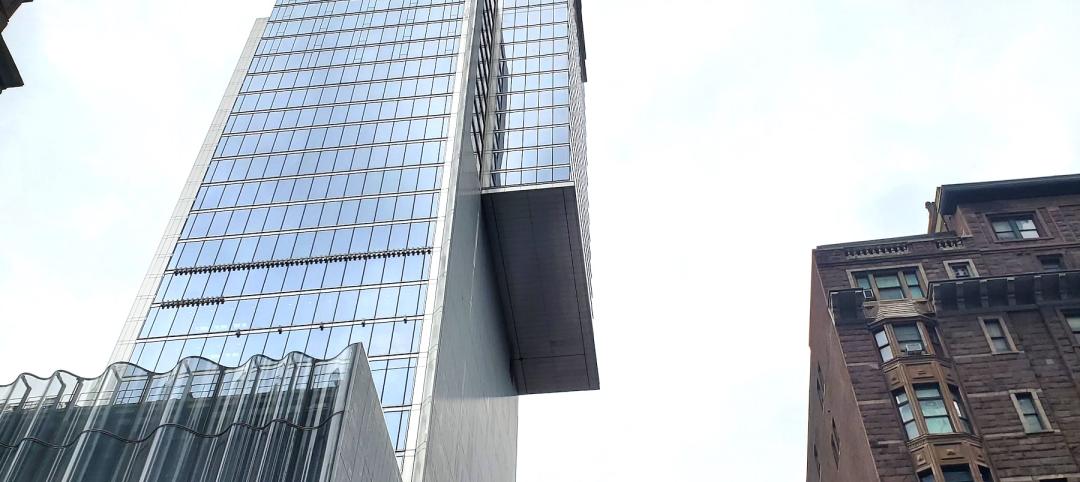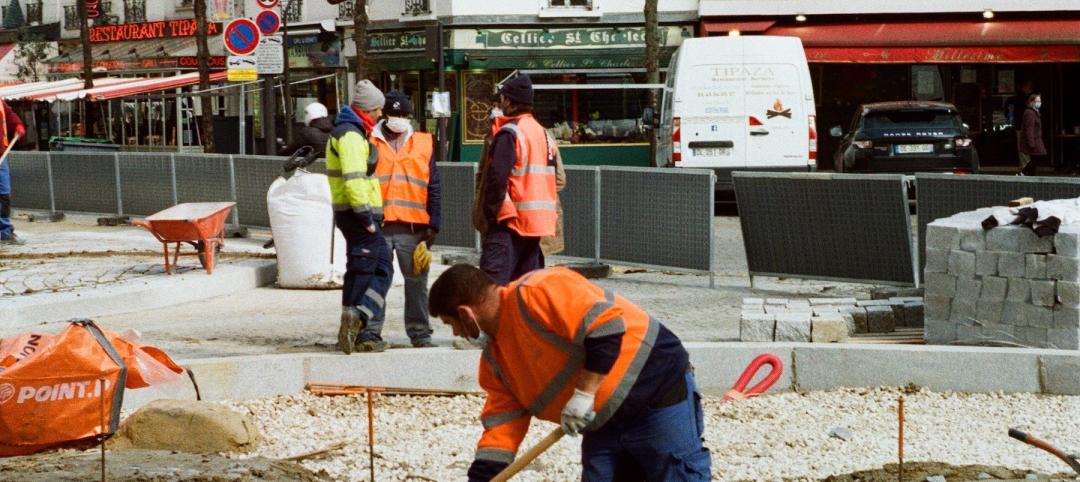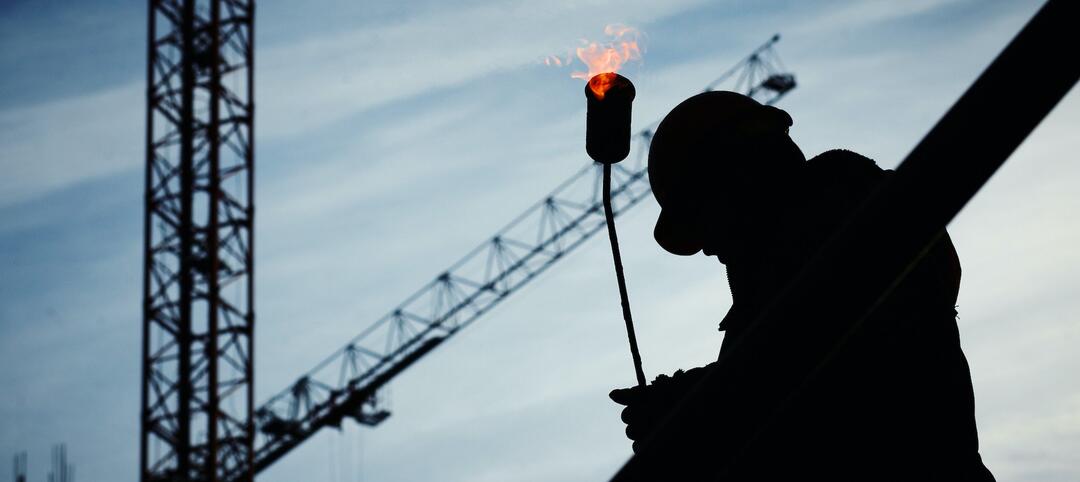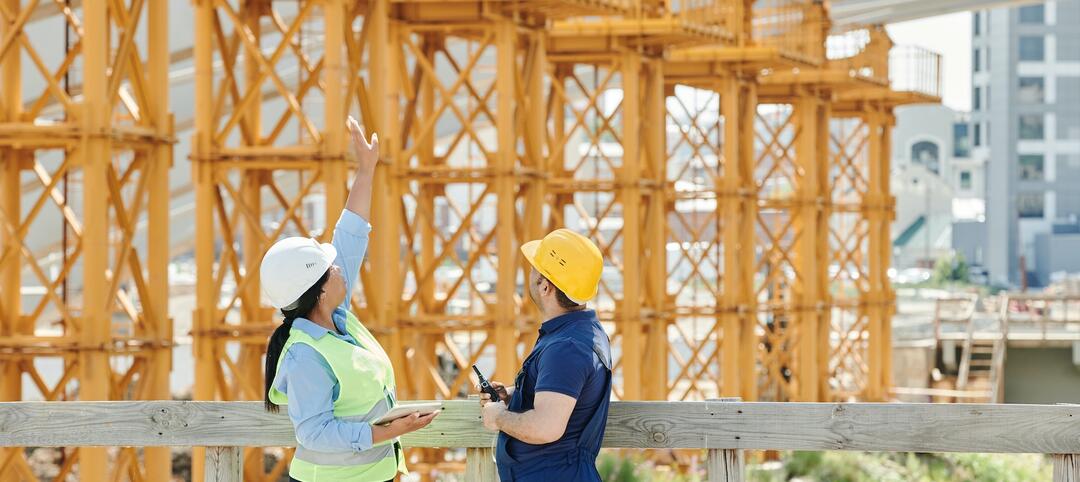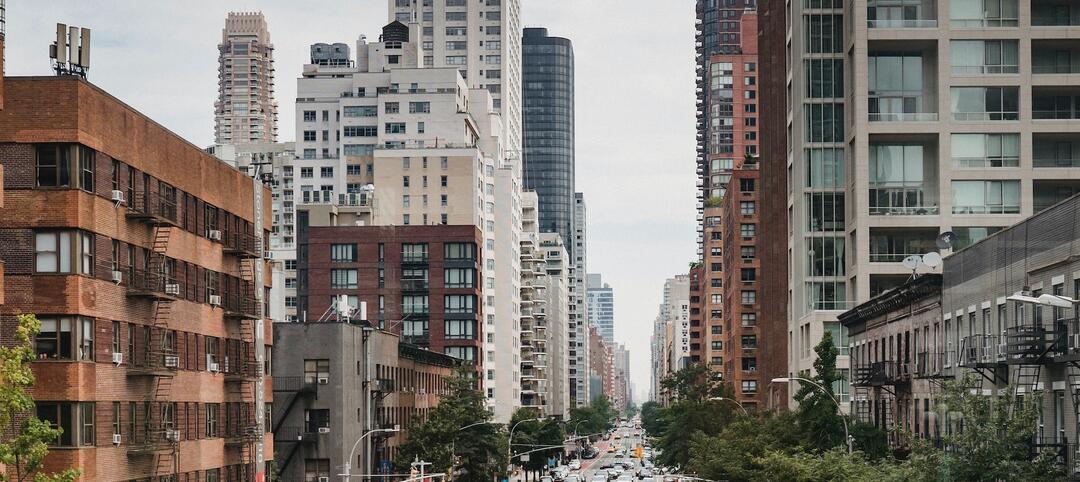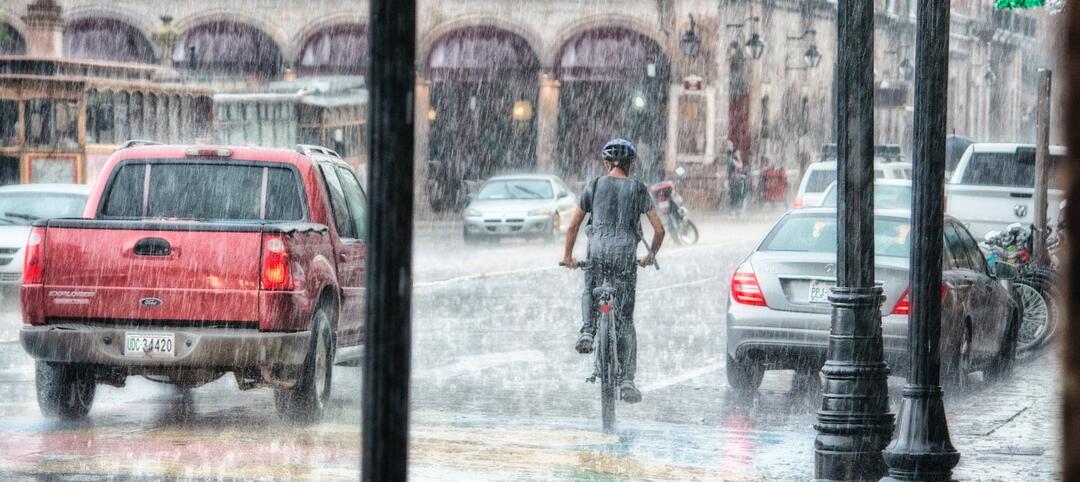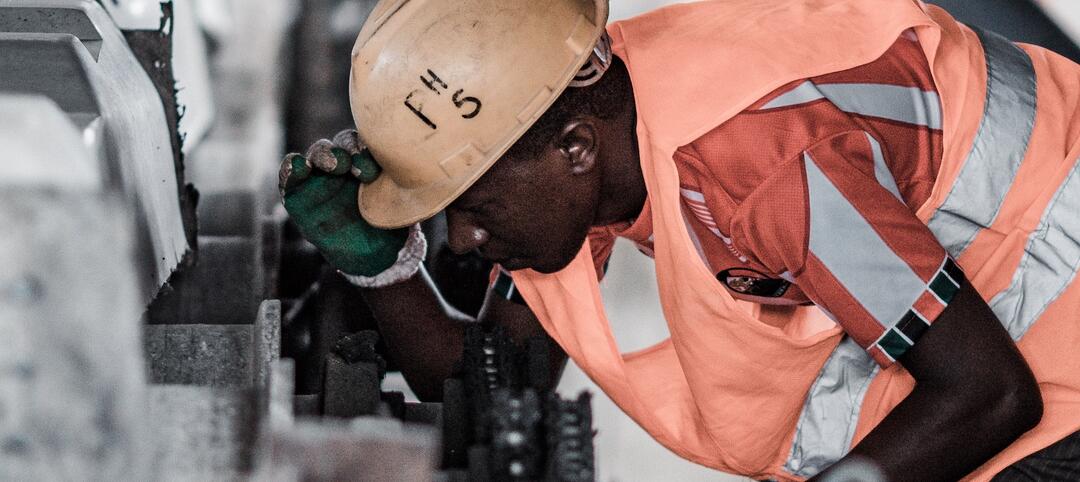Green Seal will no longer certify any paints and coatings, floor care products, adhesives, and degreasers containing any per- and polyfluoroalkyl substances (PFAS), commonly called “forever chemicals.”
Green Seal has long prohibited products containing one type of PFAS, long-chain PFAS. The ban will now extend to the other category, short-chain PFAS. Green Seal says it is taking this action because short-chain PFAS have “the same harmful health and environmental effects as the legacy PFAS they are replacing.”
PFAS break down slowly in the environment and are found in the blood of people and animals. Studies have linked PFAS to many harmful health impacts such as decreased fertility, development delays in children, increased risk of cancer, diminished immunity to infections, and hormonal interference, according to the U.S. Environmental Protection Agency.
“A recent study found that half of tested paint products contain PFAS, which may be used for glossiness, to reduce peeling, or for stain resistance or water repellency,” according to a Green Seal news release. “Most acrylic and wax floor finishes on the market contain PFAS as leveling and wetting agents, and PFAS are also used to increase wettability in adhesives or the reduce flammability in cleaning and degreasing agents.”
Green Seal certified paints and coatings qualify toward points for both the LEED Low-Emitting Materials credit and the LEED v4.1 Material Ingredient Optimization credit.
Related Stories
Contractors | Oct 6, 2022
Modular construction gets boost from impacts of the pandemic
The impact of the Covid pandemic on the construction industry appears to be fueling demand for modular construction methods, especially in the western U.S. and Canada.
Fire and Life Safety | Oct 4, 2022
Fire safety considerations for cantilevered buildings
Bold cantilevered designs are prevalent today, as developers and architects strive to maximize space, views, and natural light in buildings. Cantilevered structures, however, present a host of challenges for building teams, according to José R. Rivera, PE, Associate Principal and Director of Plumbing and Fire Protection with Lilker.
Resiliency | Sep 30, 2022
Designing buildings for wildfire defensibility
Wold Architects and Engineers' Senior Planner Ryan Downs, AIA, talks about how to make structures and communities more fire-resistant.
| Sep 30, 2022
Lab-grown bricks offer potential low-carbon building material
A team of students at the University of Waterloo in Canada have developed a process to grow bricks using bacteria.
| Sep 27, 2022
New Buildings Institute released the Existing Building Decarbonization Code
New Buildings Institute (NBI) has released the Existing Building Decarbonization Code.
| Sep 22, 2022
Gainesville, Fla., ordinance requires Home Energy Score during rental inspections
The city of Gainesville, Florida was recently recognized by the U.S. Dept. of Energy for an adopted ordinance that requires rental housing to receive a Home Energy Score during rental inspections.
| Sep 19, 2022
New York City construction site inspections, enforcement found ‘inadequate’
A new report by the New York State Comptroller found that New York City construction site inspections and regulation enforcement need improvement.
| Sep 16, 2022
Fairfax County, Va., considers impactful code change to reduce flood risk
Fairfax County, Va., in the Washington, D.C., metro region is considering a major code change to reduce the risk from floods.
| Sep 13, 2022
California building codes now allow high-rise mass-timber buildings
California recently enacted new building codes that allow for high-rise mass-timber buildings to be constructed in the state.
| Sep 8, 2022
U.S. construction costs expected to rise 14% year over year by close of 2022
Coldwell Banker Richard Ellis (CBRE) is forecasting a 14.1% year-on-year increase in U.S. construction costs by the close of 2022.



